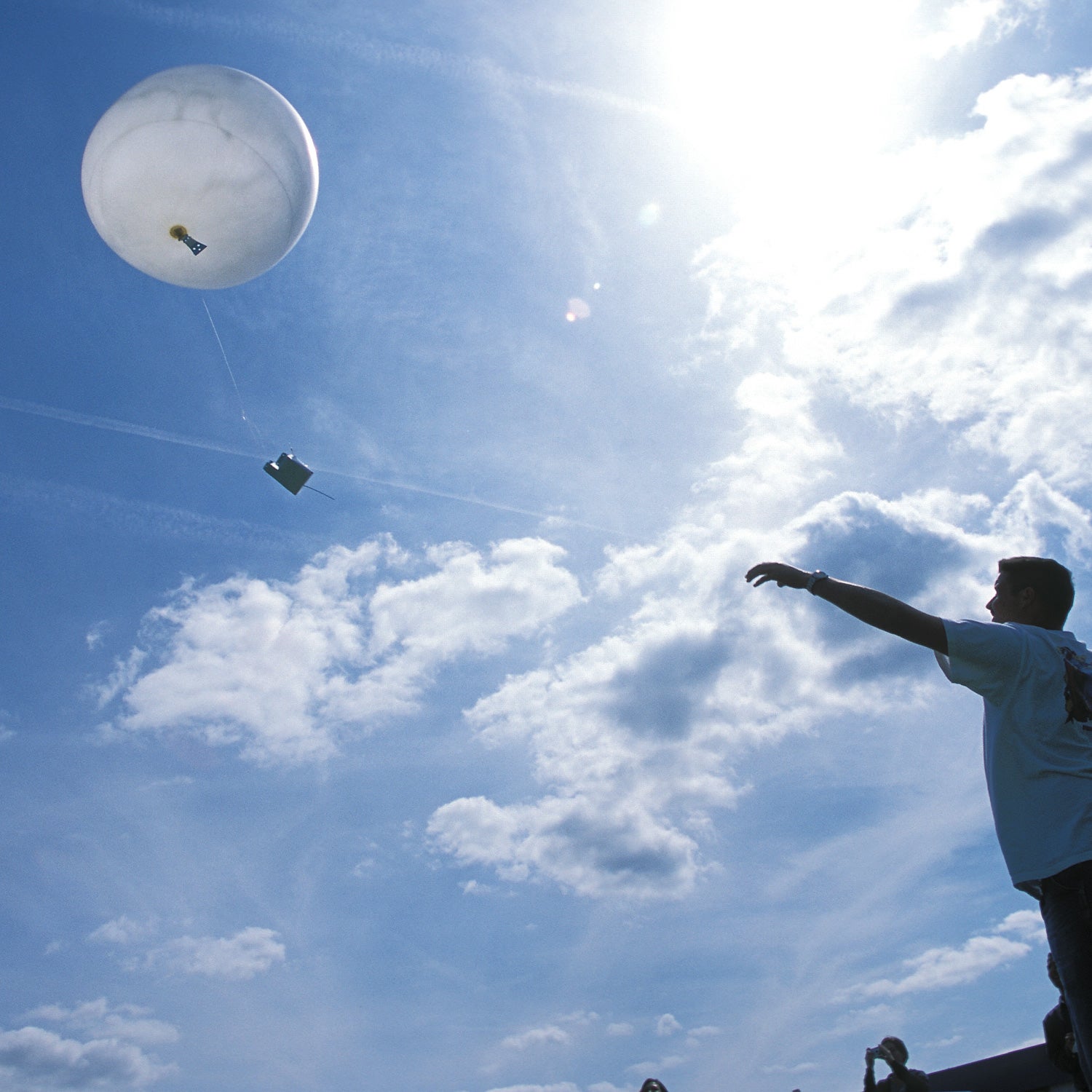In February 2014, Marty Ralph found himself in a Gulfstream jet flying into a storm off the California coast. The director for the at San Diego's , Ralph carried with him a handful of plastic devices shaped like milk cartons and outfitted with parachutes and sensors able to measure temperature, water vapor, wind, and air pressure. Once he entered the storm cloud, he put the devices, called drop sondes, in a small tube and closed the top, sending them floating through the storm. Why? He was trying to solve California's water crisis.
Ralph and a few other thinkers in California's scientific community are leading an $18 million effort to improve water storage. Ralph, along with officials from the Sonoma County Water Authority and the California Water Authority started the program in 2014 as an attempt to create what is, essentially, an extremely high tech version of the Farmer's Almanac. Called Forecast Informed Reservoir Operations, or FIRO, it's based around the idea that wise weather prediction is superior to expensive and thus-far inefficient technologies like cloud seeding, in which chemicals are dispersed into clouds by airplanes in an attempt to create precipitation.
Marty��Ralph��started the program in 2014 as an attempt to create what is, essentially, an extremely high tech version of the Farmer's Almanac.
According to Ralph, about half of Northern California's annual precipitation comes from wintertime atmospheric rivers, or ARs—narrow plumes carrying water vapor that bring storms to replenish groundwater supplies and reservoirs. “They're drought busters,” says Ralph. The problem? Current prediction models are often off by as much as 300 miles a week before a storm. This means that when an AR approaches the coast, dam operators at the state's inland reservoirs, operating under a series of antiquated regulations from the 1950s, often release surges of water to prevent flooding. Sometimes the storms miss, like in 2012, when operators on Lake Mendocino released 10,000 acre-feet of water—enough to cover nearly half of Manhattan in a foot of water—in anticipation of a storm that landed elsewhere. Then it stopped raining. For 14 months. ��
With many of the state's reservoirs currently at historic lows—and those reservoirs supply roughly 18 percent of the state's overall water—wasting that much water is a big problem.��
Enter those little milk carton devices. Along with new technology like next-generation radars, they could soon provide more accurate readings on ARs, which, in turn, could allow dam operators to bank and release water in a quicker, more nimble fashion. Jay Jasperse, director of the Sonoma County Water Authority, one of the lead players in the project, thinks that smarter prediction could lead to improved efficiency of up to 25 percent, or 25,000 acre feet of water saved per year in Lake Mendocino alone.��
��
There's currently much public debate in the West over water: whether more dams are needed; whether desalination plants need to be dusted off; whether expensive cloud seeding technology might swoop in and save us all. But there may be a more affordable and sensible way to improve stores through better forecasting and banking. “The beauty of it is, this is water that's inexpensive,” says Jasperse. “You don't have to build a new reservoir.”
Smarter prediction won't make it rain, but it at least might allow us to know what we're in for—and prepare accordingly.


